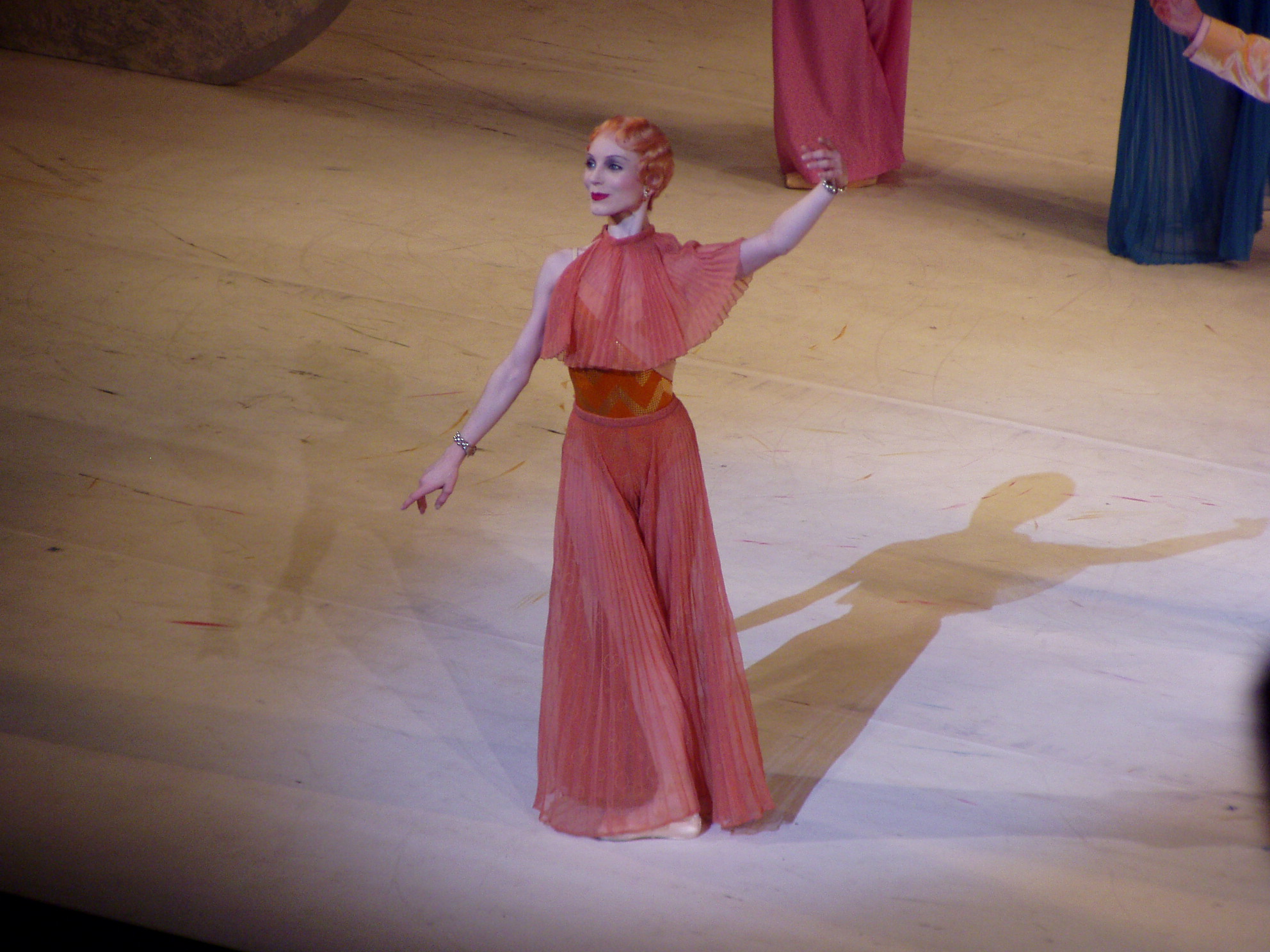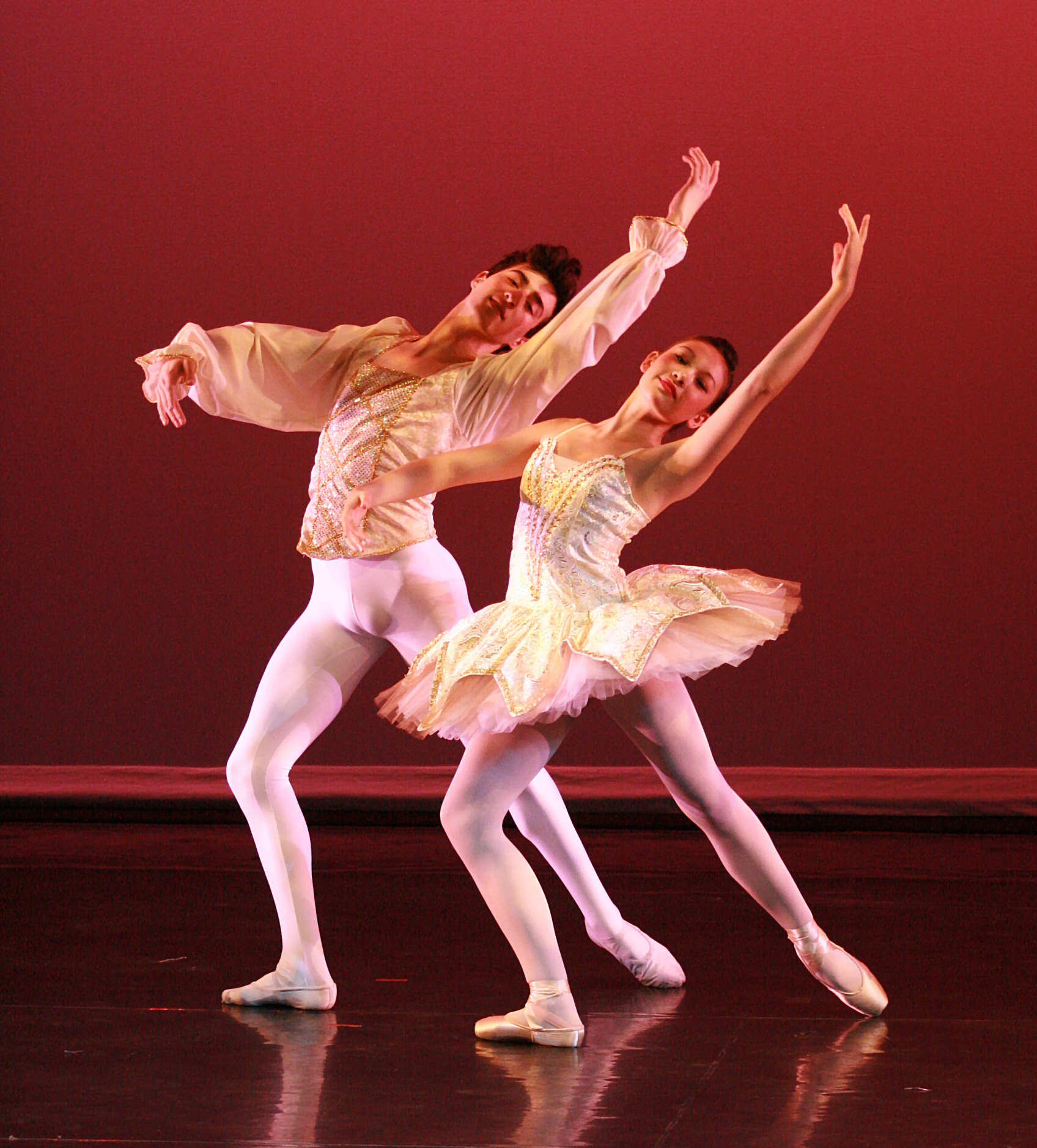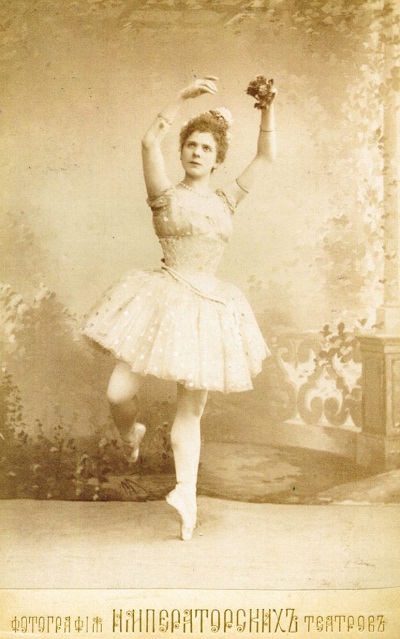|
Manola Asensio
Manola Asensio (born 1943 in Lausanne, Switzerland) is a former Swiss ballet dancer. She was born to a Swiss father and an English-born mother. In 1956 she began studying at the ballet school of La Scala in Milan, where she stayed until she became a professional in 1964. After a short season with the La Scala Theatre Ballet, she joined the ballet of the Grand Théâtre de Genève in Geneva, Switzerland where she was directed by Janine Charrat. In 1966 she joined Het Nationale Ballet of the Netherlands, in Amsterdam, as a soloist. There she danced important roles in ''Giselle'', '' The Sleeping Beauty'', ''Swan Lake'', and in the ballet ''King Christian II'', created especially for her by Danish choreographer Harald Lander. With the Dutch company she toured extensively in Europe (France, UK, Italy, Germany, Spain, Portugal) and South America (Brazil, Argentina, Perú, Colombia, Venezuela, Mexico). From 1968 to 1970 she joined with New York City Ballet, by invitation of its direc ... [...More Info...] [...Related Items...] OR: [Wikipedia] [Google] [Baidu] |
La Scala
La Scala (, , ; abbreviation in Italian of the official name ) is a famous opera house in Milan, Italy. The theatre was inaugurated on 3 August 1778 and was originally known as the ' (New Royal-Ducal Theatre alla Scala). The premiere performance was Antonio Salieri's ''Europa riconosciuta''. Most of Italy's greatest operatic artists, and many of the finest singers from around the world, have appeared at La Scala. The theatre is regarded as one of the leading opera and ballet theatres globally. It is home to the La Scala Theatre Chorus, La Scala Theatre Ballet, La Scala Theatre Orchestra, and the Filarmonica della Scala orchestra. The theatre also has an associate school, known as the La Scala Theatre Academy ( it, Accademia Teatro alla Scala, links=no), which offers professional training in music, dance, stagecraft, and stage management. Overview La Scala's season opens on 7 December, Saint Ambrose's Day, the feast day of Milan's patron saint. All performances must end befor ... [...More Info...] [...Related Items...] OR: [Wikipedia] [Google] [Baidu] |
Principal Dancer
A principal dancer (often shortened to principal) is a dancer at the highest rank within a professional dance company, particularly a ballet company. A principal may be male or female. The position is similar to that of '' soloist''; however, principals regularly perform not only solos, but also pas de deux. Principal dancers can be hired into a dance company or can also be a company dancer that is a corps de ballet dancer that gets promoted from within the company. That process can take multiple performance seasons or even years to achieve based on skill level and company interest. It is a coveted position in the company and the most prominent position a dancer can receive. The term is used mostly in ballet but can be used in other forms as well, such as modern dance. They are usually the star of the ballet. The term ''senior principal dancer'' is sometimes used as well. Synonyms and origin The Italian derived term ''prima ballerina'' (female dancers) (''primo ballerino'' ... [...More Info...] [...Related Items...] OR: [Wikipedia] [Google] [Baidu] |
Pas De Deux
In ballet, a pas de deux (French language, French, literally "step of two") is a dance duet in which two dancers, typically a male and a female, perform ballet steps together. The pas de deux is characteristic of classical ballet and can be found in many well-known ballets, including ''Sleeping Beauty (ballet), Sleeping Beauty'', ''Swan Lake'', and ''Giselle''. It is most often performed by a male and a female (a ''danseur'' and a ''ballerina'') though there are exceptions, such as in the film ''White Nights (1985 film), White Nights'', in which a pas de deux is performed by Mikhail Baryshnikov and Gregory Hines. Grand pas de deux A grand pas de deux is a structured pas de deux that typically has five parts, consisting of an ''entrée'' (introduction), an ''adagio'', two variations (a solo for each dancer), and a ''coda'' (conclusion). It is effectively a suite of dances that share a common theme, often symbolic of a love story or the partnership inherent in love, with the dan ... [...More Info...] [...Related Items...] OR: [Wikipedia] [Google] [Baidu] |
The Nutcracker
''The Nutcracker'' ( rus, Щелкунчик, Shchelkunchik, links=no ) is an 1892 two-act ballet (""; russian: балет-феерия, link=no, ), originally choreographed by Marius Petipa and Lev Ivanov with a score by Pyotr Ilyich Tchaikovsky (Op. 71). The libretto is adapted from E. T. A. Hoffmann's 1816 short story "The Nutcracker and the Mouse King". Although the original production was not a success, the 20-minute suite that Tchaikovsky extracted from the ballet was. The complete ''Nutcracker'' has enjoyed enormous popularity since the late 1960s and is now performed by countless ballet companies, primarily during the Christmas season, especially in North America. Major American ballet companies generate around 40% of their annual ticket revenues from performances of ''The Nutcracker''. The ballet's score has been used in several film adaptations of Hoffmann's story. Tchaikovsky's score has become one of his most famous compositions. Among other things, the score is ... [...More Info...] [...Related Items...] OR: [Wikipedia] [Google] [Baidu] |
The Seasons (ballet)
''The Seasons'' (russian: Времена года, ''Vremena goda''; also french: Les Saisons) is an allegorical ballet in one act, four scenes, by the choreographer Marius Petipa, with music by Alexander Glazunov, his Op. 67. The work was composed in 1899 and first performed by the Imperial Ballet in 1900 in St. Petersburg, Russia. History Composition history The score for Marius Petipa's ''Les Saisons'' (''The Seasons'') was originally intended to have been composed by the Italian composer and conductor Riccardo Drigo, who was Glazunov's colleague and close friend. Since 1886, Drigo held the posts of director of music and ''chef d’orchestre'' to the Ballet of the St. Petersburg Imperial Theatres, while also serving as conductor for performances of the Italian operas in the repertory of the Imperial Opera. Petipa's ''Les Millions d’Arlequin'' (also known as ''Harlequinade'') was also in its preliminary stages at the same time as ''Les Saisons'', and was originally intended ... [...More Info...] [...Related Items...] OR: [Wikipedia] [Google] [Baidu] |
The Sanguine Fan
''The Sanguine Fan'', Op. 81, is a single-act ballet written by Sir Edward Elgar in 1917. It was one of the pieces he composed to raise money for wartime charities, having been asked to write it by his close friend and confidante Lady Alice Stuart-Wortley. The theme of the ballet was inspired by a scene depicting Pan and Echo that the artist, Charles Conder, had drawn in sanguine on a fan, although the title itself is incidental to the theme. The first performance was part of the revue ''Chelsea on Tiptoe'' at the Chelsea Palace Theatre, London on March 20, 1917, and was conducted by the composer. Afterwards he added a further piece, a shepherd's dance, which received its premiere at a second charity performance in May. The piece did not find great favour with the public until the 1960s when the work was rediscovered by the conductor Sir Adrian Boult, who revived it in 1973. It also being the subject of his final performance on 24 June 1978 in a production by London Festival B ... [...More Info...] [...Related Items...] OR: [Wikipedia] [Google] [Baidu] |
Ronald Hynd
Ronald Hynd (born 22 April 1931) is an English choreographer, and in his youth was a ballet dancer. In the Royal Ballet in the late 1940s he began to dance with Annette Page, whom he later married. Page died on 4 December 2017. They have a daughter, Louise.Dean Speer & Francis Timlin, A Very Merry Couple Ronald Hynd and Annette Page talk about dancing, PNB and Merry Widow' from ''Ballet-Dance magazine'' dated April 2005 online at ballet-dance.com, accessed 28 April 2012 Ballets Hynd has choreographed include ''The Merry Widow'' in 1975, and the ballet ''Charlotte Brontë'' for the Royal Ballet Touring Company in 1974."Death and Entrances", The Oxford Dictionary of Dance, Debra Craine and Judith Mackrell (eds), Oxford University Press, p. 126. . He recreated the nineteenth-century ballet '' Papillon'' Dance: Houston Ball ... [...More Info...] [...Related Items...] OR: [Wikipedia] [Google] [Baidu] |
La Bayadère
''La Bayadère'' ("the temple dancer") ( ru. «Баядерка», ''Bayaderka'') is a ballet, originally staged in four acts and seven tableaux by French choreographer Marius Petipa to the music of Ludwig Minkus. The ballet was staged especially for the benefit performance of the Russian ''Prima ballerina'' Ekaterina Vazem, who created the principal role of Nikiya. ''La Bayadère'' was first presented by the Imperial Ballet at the Imperial Bolshoi Kamenny Theatre in St. Petersburg, Russia, on . From the first performance the ballet was universally hailed by contemporary critics as one of the choreographer Petipa's supreme masterpieces, particularly the scene from the ballet known as ''The Kingdom of the Shades'', which became one of the most celebrated pieces in all of classical ballet. By the turn of the 20th century, ''The Kingdom of the Shades'' scene was regularly extracted from the full-length work as an independent showpiece, and it has remained so to the present day. Nea ... [...More Info...] [...Related Items...] OR: [Wikipedia] [Google] [Baidu] |
Paquita
''Paquita'' is a ballet in two acts and three scenes originally choreographed by Joseph Mazilier to music by Édouard Deldevez and Ludwig Minkus. Paul Foucher received royalties as librettist. History ''Paquita'' is the creation of French composer Édouard Deldevez and Paris Opéra Ballet Master Joseph Mazilier. It was first presented at the Salle Le Peletier by the Paris Opera Ballet on 1 April 1846 and was retained in the repertory of the Opéra until 1851. In 1847, ''Paquita'' was staged for the first time in Russia for the Imperial Ballet of St. Petersburg by Marius Petipa and Pierre-Frédéric Malavergne, being the first work ever staged by Petipa in Russia. In 1881, Petipa produced a revival of the ballet for which he added new pieces specially composed by Ludwig Minkus. This included the ''Paquita pas de trois'' for the first act and the ''Paquita grand pas classique'' and the ''Mazurka des enfants'' for the last act. Petipa's version of ''Paquita'' was retained in the r ... [...More Info...] [...Related Items...] OR: [Wikipedia] [Google] [Baidu] |
Les Sylphides
''Les Sylphides'' () is a short, non-narrative ''ballet blanc'' to piano music by Frédéric Chopin, selected and orchestrated by Alexander Glazunov. The ballet, described as a "romantic reverie","Ballet Theater", until 1955. A compact disk of ABT's production, with Mikhail Baryshnikov as the dreamer, is available from Kultor, entitled "American Ballet Theatre at the Met – Mixed Bill (1985)". See Olga Maynard's definitive account, based on information from Fokine's son Vitale Fokine: "Les Sylphides", ''Dance Magazine'' Portfolio: December 1971, advertised separately by some online booksellers. is frequently cited as the first ballet to be simply about mood and dance. ''Les Sylphides'' has no plot but instead consists of several white-clad sylphs dancing in the moonlight with the "poet" or "young man" dressed in white tights and a black tunic. Its original choreography was by Michel Fokine, with Chopin's music orchestrated by Alexander Glazunov. Glazunov had already set som ... [...More Info...] [...Related Items...] OR: [Wikipedia] [Google] [Baidu] |
Raymonda
''Raymonda'' (russian: Раймонда) is a ballet in three acts, four scenes with an apotheosis, choreographed by Marius Petipa to music by Alexander Glazunov, his Opus 57. It was first presented by the Imperial Ballet at the Imperial Mariinsky Theatre on in Saint Petersburg, Russia. The ballet was created especially for the benefit performance of the Italian ballerina Pierina Legnani, who created the title role. Among the ballet's most celebrated passages is the ''Pas classique hongrois'' (a.k.a. ''Raymonda Pas de dix'') from the third act, which is often performed independently. Today ''Raymonda'' is performed by many ballet companies throughout the world with choreography that is derived primarily from the Kirov Ballet's 1948 revival as staged by Konstantin Sergeyev. Sergeyev greatly altered, and in some cases changed entirely, Marius Petipa's choreography, particularly in the dances for the ''corps de ballet''. The choreography as revised by Sergeyev remains the traditional ... [...More Info...] [...Related Items...] OR: [Wikipedia] [Google] [Baidu] |





